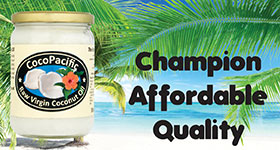|
|
|
Most of us have heard of probiotics, even if only from TV adverts promoting bacteria-laden sugary drinks. But, did you know that probiotics are just one of three bowel musketeers? Prebiotics Types Of Prebiotic Fibre
First published in November 2010
Click here for more articles Click here for LINKS to manufacturers of nutrition and food supplements. Back to top |








